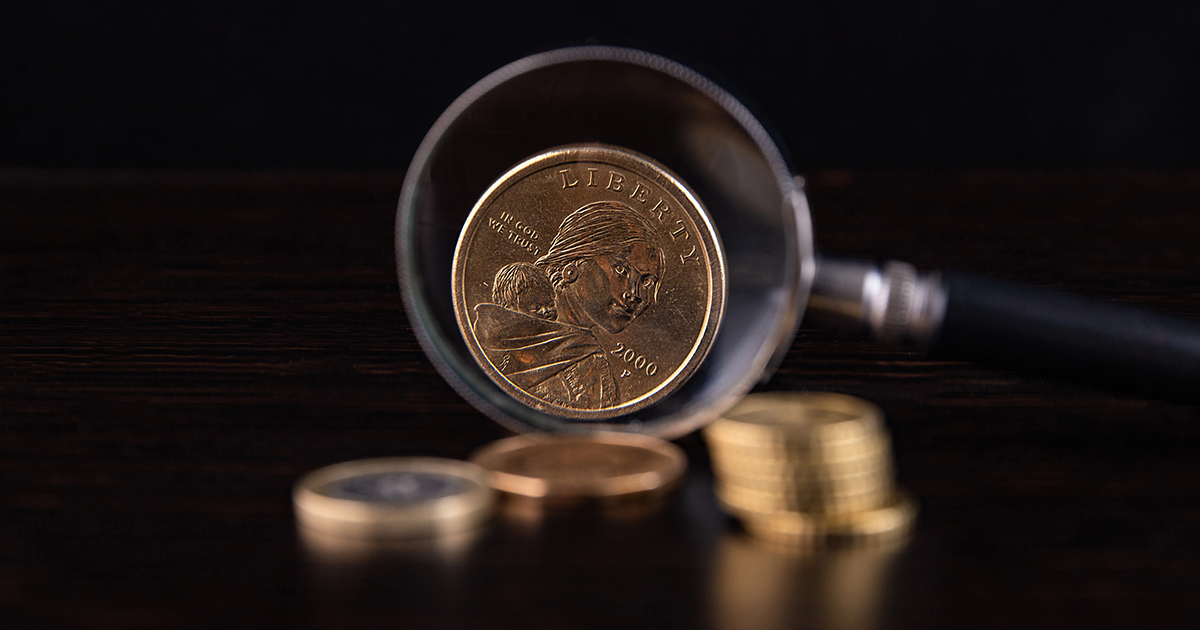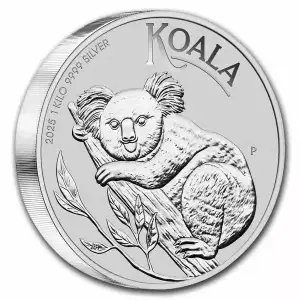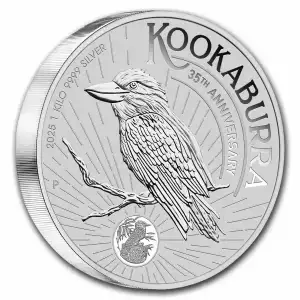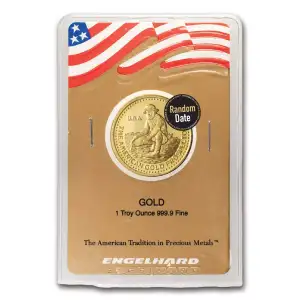Reasons, Implications, and What Investors Need to Know

Gold has long been considered a symbol of wealth and a stable investment, especially in the form of gold bullion bars. These bars, made from refined gold, are a popular choice for investors seeking to secure their wealth in precious metals. However, a practice that may raise concerns for some is the addition of lead inside certain gold bullion bars. This phenomenon, though not widely discussed, can have significant implications for the authenticity, value, purity, and overall trustworthiness of gold investments.
For investors, numismatists, and collectors, understanding why lead is added to gold bars, and how it might affect the value or integrity of these investments, is crucial. This article delves into the reasons behind this practice, the potential risks, and how investors can ensure they’re buying genuine, unadulterated gold bullion. The prevalence of fakes, including counterfeit or tampered bars, in the market means vigilance is essential. Implementing correct verification procedures is necessary to ensure authenticity and protect against fraud. Investors should also be able to claim ownership of genuine gold bars and avoid disputes over authenticity.
Reasons for Adding Lead to Gold Bullion
Economic Factors (Lower Production Costs)
Generally speaking, economic factors and the type of gold bar play a significant role in how gold bullion is produced and valued. One reason that lead might be added to gold bullion is economic. Gold is a precious metal with a high market value, and producing solid gold bars comes with a significant cost. Larger gold bars tend to have a lower premium over the spot price due to manufacturing efficiency and value for money. Adding lead—an inexpensive metal—can help reduce the production cost, but it also reduces the actual quantity of gold in the bar, which can affect the bar's value. The use of lead can decrease the amount of money a seller receives when selling the bar, as the gold content is diminished. Gold bars come in various weights, often measured in ounces, and the presence of lead can impact the accuracy of these weights and the bar's overall worth.
Gold is heavy, and small bars of pure gold can be quite valuable. By adding lead, manufacturers can increase the weight of the bar, thereby increasing its volume without using as much gold.
This practice may be seen in certain bars that are sold as “gold-plated” or “gold-filled,” but in less scrupulous cases, this addition of lead might not be clearly disclosed to buyers. The result is a product that seems to contain more gold than it actually does. Divisibility is also important for investors, as it allows them to sell a portion of their gold holdings; smaller bars or coins are generally easier to sell than large bars.
Physical Properties of Lead
Lead is a dense, malleable, and relatively inexpensive metal, making it a logical choice for producers looking to artificially increase the weight of a gold bar. Lead is heavier than many other metals, making it a good mimic for gold. The addition of lead helps the bar retain a similar density to pure gold, which could deceive both the casual observer and, in some cases, unsuspecting investors. Lead also helps maintain the structural integrity of the bar, making it easier to handle and mold into specific shapes without cracking or breaking.
The distribution of metals within a bar can vary, and sometimes other metals such as silver or copper may be present. The presence of these other metals can affect the overall composition and value of the bar.
Market Manipulation and Fraud
Unfortunately, the inclusion of lead is sometimes not done for economic efficiency but for market manipulation. Unscrupulous dealers might intentionally mix lead with gold to reduce the actual amount of gold in a bar while maintaining its appearance and weight. This allows the fraudulent seller to inflate the bar’s perceived value. By selling a lead-filled bar as genuine gold, they exploit the lack of detailed verification methods used by some buyers. The prevalence of fakes in the gold bar market highlights the ongoing risks investors face from counterfeit bars and fraudulent claims of authenticity.
In some cases, counterfeit bars are produced with lead at the core and a thin layer of real gold on the outside. These bars may be marketed as solid gold, tricking investors into paying far more than the bar is worth. Fake bars are often detected and caught during refining or trading, as industry standards and high turnover make it difficult for fakes to go unnoticed. However, there is always some uncertainty involved in detecting fakes, and this presents challenges for both buyers and refineries. Some fraudsters tend to drill into the end of a bar and fill it with lead or other materials, but this is a difficult process and is likely to be detected eventually through inspection or assay. The surface of a bar may also show signs of tampering, such as irregular engravings or altered markings, which can further indicate the presence of a counterfeit. This is a significant concern in the precious metals market and one that investors must take seriously.
How It Affects Investment Value
Impact on the Value of the Bullion

The addition of lead inside a gold bar can have a direct effect on its value. If the lead is not disclosed, it means the buyer is not receiving the full value of the gold they are purchasing. The presence of lead reduces the amount of actual gold in the bar, thus decreasing its intrinsic value. While the weight of the bar may remain the same, its true value is diluted because lead has a much lower market value than gold.
For investors, this means that they could be overpaying for a gold bar that is not as valuable as it appears. In the worst-case scenario, the lead could even result in a loss of value when the bar is resold, as it will not meet the standards for pure gold bars.
Spotting Counterfeit Bars or Lead-filled Gold
Detecting lead in a gold bar is essential for protecting your investment. If you’re buying gold bullion, especially from an unfamiliar dealer or source, the risk of counterfeit bars or bars with lead fillings is higher. Fakes do exist in the market, and it is important that any such bars are detected and caught before they enter trusted delivery chains. Here are some ways to check for lead:
- Weight & Dimensions: If the bar feels unusually heavy or light for its size, it could be a red flag. Lead has a similar density to gold, but the exact ratio will differ depending on the proportions used. Always check the specifications of the bar and compare it against official standards.
- Visual Inspection: Sometimes, irregularities in the bar’s finish or shape might indicate tampering. Lead-filled bars often have imperfections, especially around edges where the gold layer may not have been applied consistently. The surface may also show signs of tampering, such as altered engravings or unusual markings.
- Professional Testing: Fake bars are often detected and caught during professional testing and refining processes, especially in the central bank and good delivery markets.
- Uncertainty & Verification: There is always some uncertainty in detecting fakes, so thorough verification and testing are necessary to confirm authenticity and support any claim of ownership.
- Drilling & End-Filling: Some fraudsters tend to drill into the end of a bar and fill it with lead or tungsten. However, this is a difficult process to execute without leaving evidence, and such alterations are likely to be detected eventually during routine checks or refining.
Implications for the Precious Metals Market
Here is an overview of the most popular gold bar designs, highlighting why certain bars are a top choice for investors due to their reputation, security features, and trusted origins.
The addition of lead in gold bars, especially when done fraudulently, can undermine investor confidence in the precious metals market. As gold is seen as a hedge against inflation and an asset for wealth preservation, any doubts about its authenticity can destabilize its perceived reliability. Market manipulation can also distort the true price of gold, affecting supply, demand, and pricing trends. Gold bars are actively traded in global markets, with certified refiners and sovereign mints playing a crucial role in ensuring authenticity and quality. The involvement of reputable refiners and LBMA-approved refiners helps maintain market integrity and reduces the risk of counterfeit products. Sovereign mints, as government-backed institutions, further enhance trust in the gold bar market.
Security and safety are paramount in the storage and trading of gold bars. High-security vaults, insured facilities, and secure handling practices are essential to protect wealth and ensure a smooth selling process.
For investors, this means taking extra care when purchasing gold bars. Being aware of the potential risks and knowing how to verify authenticity can help mitigate these dangers.
How to Detect Lead in Gold Bullion

Authenticity Verification Methods
Investors can rely on a few key methods to verify the authenticity of gold bars and ensure that they are not filled with lead. Common verification techniques include:
- X-ray Fluorescence (XRF): This non-destructive method involves scanning the bar with X-rays to determine its composition. It can accurately distinguish between the metals within the bar, helping to confirm whether the bar contains more lead than gold.
- Ultrasound Testing: Ultrasound waves can be used to measure the density of a bar. By analyzing how the sound waves travel through the metal, professionals can detect inconsistencies in the material, which may indicate the presence of lead.
- Specific Gravity Test: This is a simpler, yet effective method. By measuring the bar’s density and comparing it to that of pure gold, experts can assess whether the bar’s composition matches the standard for gold bullion.
Professional Verification Services
For serious investors, the best approach is to work with reputable dealers and use professional verification services. These services will provide a certificate of authenticity for your gold, verifying that the bars contain the stated amount of gold and not lead or any other additives.
Protect Your Gold from Lead

While adding lead to gold bullion bars might seem like a minor issue, it has major implications for investors. Whether done to cut production costs or as part of fraudulent activity, the presence of lead can significantly reduce the value and authenticity of the gold.
Investors must be vigilant when purchasing gold bullion. Always ensure that bars are properly authenticated through reputable dealers or professional testing services. By doing so, you can protect your investment and avoid the risks associated with counterfeit or misrepresented gold bars.
Before making a purchase, it’s critical to verify the gold’s authenticity. A small investment in professional verification can save you from losing large sums in a fraudulent transaction. Always remember: when it comes to gold, trust is just as important as value.
Want to ensure the quality of your gold investments? Purchase only certified gold bars and coins from Stout Gold & Silver! We offer only verified, high-quality products. Don’t take risks — choose trusted suppliers! Visit our website and make your purchase today!





![2026 Australia 1 oz Gold Lunar Horse BU (Series III) [DUPLICATE for #510799]](https://stoutgold.co/thumbs/2026-australia-1-oz-gold-lunar-horse-bu-series-iii-duplicate-for-510799-266421-small.jpg)



![2025 1oz Australian Perth Mint Silver Lunar Series III: Year of the Snake [DUPLICATE for #502132]](https://stoutgold.co/thumbs/2025-1oz-australian-perth-mint-silver-lunar-series-iii-year-of-the-snake-duplicate-for-502132-266361-small.jpg)
![2026 Australia 1 oz Silver Lunar Horse BU (Series III) [DUPLICATE for #510794]](https://stoutgold.co/thumbs/2026-australia-1-oz-silver-lunar-horse-bu-series-iii-duplicate-for-510794-266701-small.jpg)




